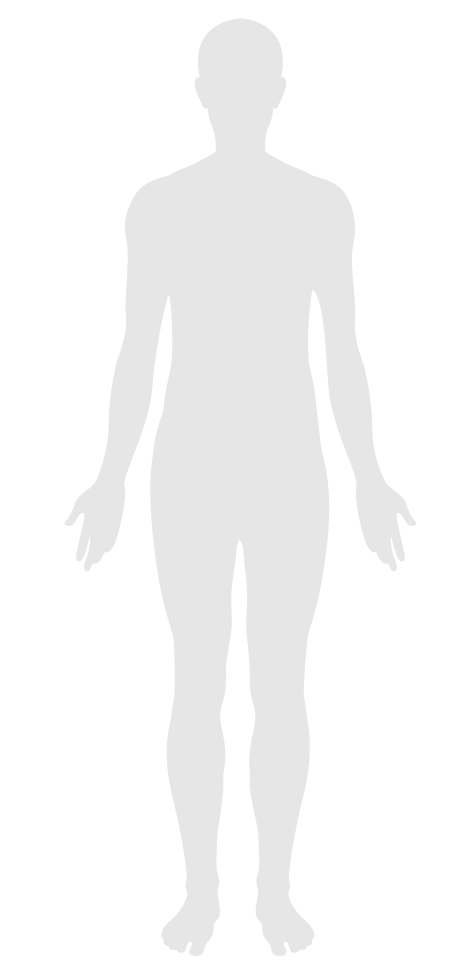Circadian emulation
- 53 Visual lighting design
- 54 Circadian lighting design
- 55 Electric light glare control
- 56 Solar glare control
- 57 Low-glare workstation design
- 58 Color quality
- 59 Surface design
- 60 Automated shading and dimming controls
- 61 Right to light
- 62 Daylight modeling
- 63 Daylighting fenestration
- P2 Light at night
- P3 Circadian emulation
P3. Circadian emulation
Intent:
To provide light which has intensity and spectrum similar to that of the daily changes of sunlight.
Many animals evolved to adapt to the diurnal cycle by using light as a cue for activity and rest. Subtle changes in light quality over the day help modulate the intensity of activity, levels of alertness and preparation for sleep.
Part 1: Circadian Lighting
In all bedrooms, bathrooms, and residential rooms with windows, the lighting system meets the following requirements:
a. Allow users to set a "bed time" and a "wake time".
b. If lights are turned on in the interval spanning "wake time" and 2 hours before "bed time", they provide a maintained average of at least 250 equivalent melanopic lux.
c. If lights are turned on in the interval spanning 2 hours before "bed time" and "wake time", they provide a maintained average of 50 equivalent melanopic lux or less.
Part 2: Dawn Simulation
In all bedrooms, the lighting system or a standalone device meets the following requirements:
a. Allow users to set a "wake time".
b. Gradually increases light (as measured at the bed, viewing the light) from 0 to at least 250 equivalent melanopic lux over the course of 15 minutes or longer.

Applicability Matrix
| Commercial Kitchen | Education | Multifamily Residential | Restaurant | Retail | |
|---|---|---|---|---|---|
| Part 1: Circadian Lighting | - | - | O | - | - |
| Part 2: Dawn Simulation | - | - | O | - | - |
Verification Methods Matrix
| Letters of Assurance | Annotated Documents | On-Site Checks | |
|---|---|---|---|
|
PART 1 (Design) Circadian Lighting |
Visual Inspection | ||
|
PART 2 (Design) Dawn Simulation |
Architect |
